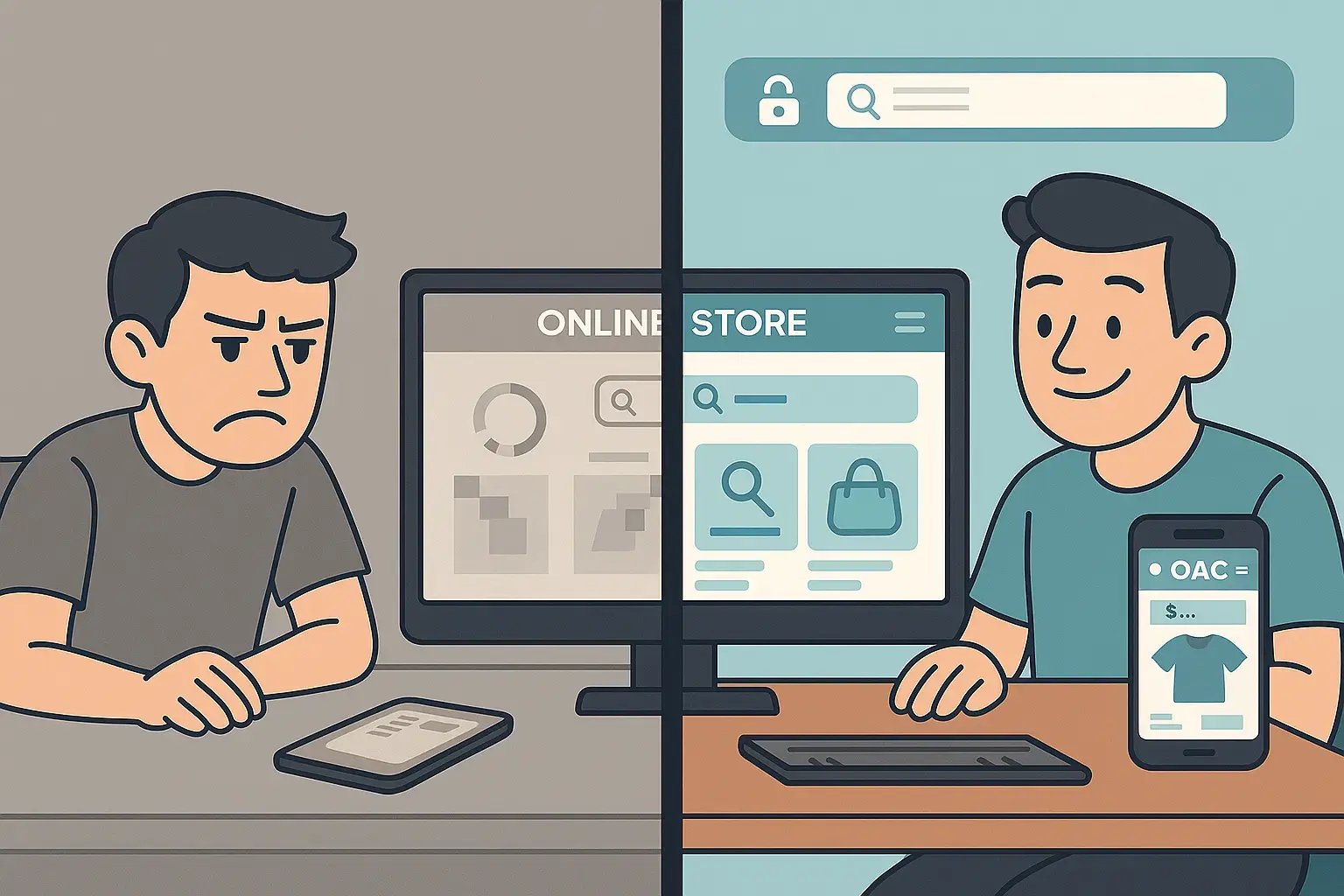The Real ROI of Social Media Marketing
First off: social media isn’t just another advertising channel where you flip a switch and watch dollars roll in. It’s part brand builder, part community hub, part customer service desk—and yes, part direct sales tool when you set up tracking right. That mix is what makes ROI fuzzy if you only look at last-click sales. But think of it this way: social is like tending a garden. Some flowers bloom quickly ( a well-targeted ad ), others grow slowly ( brand awareness and loyalty ). Both matter, but you measure them differently.
Getting Clear on What “Return” Means
Before launching any post or ad, pause and ask: what do we want from this? A few common goals:
- A flash sale, a limited-time deal, or participation in an event are all ways to get people to buy right away.
- Leads or people who sign up for your newsletter: You might have an ebook or a webinar to share.
- Getting people to care about your brand and your community: Establishing trust, getting comments and shares, and so on.
- Customer service and keeping customers: answering questions in public and showing how you solve problems.
Choose a metric that relates to the objective once you know what it is. For sales, keep track of conversions; for leads, keep track of form completions; and for engagement, keep track of interactions that move people further down the funnel.
Tracking Direct Revenue: The Nuts and Bolts
Imagine you’re launching a new service package. You run a small Instagram ad campaign inviting businesses to book a discovery call. To measure ROI:
- Set up UTM tags on the link so your analytics tool knows visits came from that ad.
- Install the tracking pixel (Facebook, LinkedIn, etc.) so you can see which ad clicks actually led to calls booked or contracts signed.
- Calculate spend vs. revenue: If you spent $500 and got three new clients each worth $1,000, that’s a clear win.
Real-inspired story: A boutique design firm once tested a “brand audit” offer via LinkedIn ads. They spent modestly, around $300. Using tracking, they discovered two audit sign-ups that converted into full branding projects at $2,500 each. Beyond the $5,000 in new revenue, the audit process built rapport: one client referred another two months later. That referral isn’t immediately “attributed” to the original ad but owes its start to it.
Spotting Indirect Wins
Social often works behind the scenes. You share helpful tips, respond to comments, or post a candid behind-the-scenes video—those actions nurture relationships. How do you see the value?
- Lead surveys: Ask new leads “How did you hear about us?” You might find that people saw your weekly LinkedIn posts or Instagram stories months ago before reaching out.
- Engagement to loyalty: If existing customers follow you on social and comment on product updates or tutorials, they feel more invested. That can lower churn or lead to upsells.
- Time saved in support: Handling quick FAQs in comments or DMs can free up formal support channels—and publicly answered questions serve others too.
- Thought leadership pull: Posting insights (e.g., “3 things I learned building apps for small businesses”) may not get immediate sales, but people remember your expertise and reach out later when they’re ready.
Real-inspired story: A SaaS startup shared bite-sized user tips on Twitter every week. Direct sign-ups from those tweets were modest, but when they surveyed new customers, about 20% mentioned those tips influenced their choice to try a demo. That gentle nurturing doesn’t show up as the final click but plays a helping role.
Balancing Cost: CAC vs. LTV
Two magic letters: CAC (Customer Acquisition Cost) and LTV (Lifetime Value). Social media can influence both:
- Reducing CAC: Well-targeted advertisements—consider similar audiences and niche markets—usually have lower click-through costs over advertisements who are disseminated through broader channels. But before you guess, compare small budgets.
- Growing LTV: Consumers are more likely to spend more money and stick with you longer if they take part in webinars, interact with your community, or leave reviews. Social media has the power to promote such engagement.
If you can divide up your customer base by acquisition channel, you may find that customers who first came into contact on social media have a slightly higher rate of retention because they immediately felt connected.
Avoiding Common Pitfalls
Chasing Likes Over Leads: A viral post feels great, but if it doesn’t drive your goal (sales, sign-ups, etc.), it’s just vanity. Celebrate engagement but always link back to an objective.
Skipping Tracking Setup: Without UTM parameters or pixels, you won’t know which posts delivered value. Take the time to configure tracking upfront.
Using One-Size-Fits-All Content: What works on Instagram (visual storytelling) may not work on LinkedIn (professional insights) or TikTok (short, snappy videos). Tailor format and tone per platform.
Ignoring Audience Feedback: If comments or messages consistently ask the same questions, turn that into content—FAQs, tutorials, or case studies.
Overlooking Multi-Touch Paths: A buyer might see a Facebook ad, read a blog post, and then get an email before purchasing. Attribution models that only credit the last click undervalue social’s role. Use assisted conversion reports or simple lead surveys to get a fuller picture.
Tips to Boost Your Social ROI
Start Small, Learn Fast: Run a low-budget test, review results, tweak creative or targeting, then scale what works.
Repurpose Your Best Content: If a blog post got good traction, turn key points into a short video or carousel post. Boost the high-performers with a little ad spend.
Be Human: Share stories: a challenge you overcame, a behind-the-scenes peek, client success (with permission). Authenticity resonates more than polished ad copy.
Engage First, Promote Later: Spend time commenting on relevant industry discussions, answering questions in groups. When people recognize your name, your promotional posts land better.
Use Platform Insights Plus Your Analytics: Compare what the platform says (e.g., Facebook Insights on reach/engagement) with your own analytics (website conversions). Sometimes you spot gaps or opportunities.
Rotate Creatives Regularly: Audiences get blind to the same ad creative. Refresh images, headlines, or angles to keep performance steady.
Build a Community Loop: Encourage followers to share their experiences, testimonials, or user-generated content. That social proof fuels trust and can lower cost per conversion when used in ads.
Wrapping It Up
There is no one equation for calculating the true return on investment (ROI) of social media; rather, it involves careful attribution, transparent tracking, and recognition of both direct and indirect benefits. Consider social media as a component of your larger marketing ecosystem; it may warm up prospects over the course of weeks or months, or it may result in sales right away. You'll see the value of social media more clearly if you set clear goals, implement appropriate tracking, and analyze both measurable conversions and softer signals (engagement, sentiment, and referrals).
Remember those real-inspired stories: modest budgets with the right setup led to solid projects or demo requests, and steady, helpful content nurtured leads behind the scenes. You don’t need huge budgets to test and learn—start with small campaigns, pay attention to what resonates, and keep the conversation with your audience genuine.
Get in touch if you're ever having trouble creating human-feeling content or setting up tracking. An external perspective can occasionally reveal quick wins, such as an improved UTM naming scheme, a novel approach to content, or a minor targeting adjustment that turns your upcoming campaign from a wild guess into a calculated investment.






